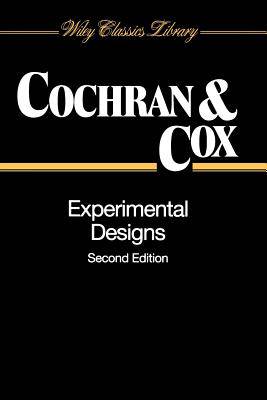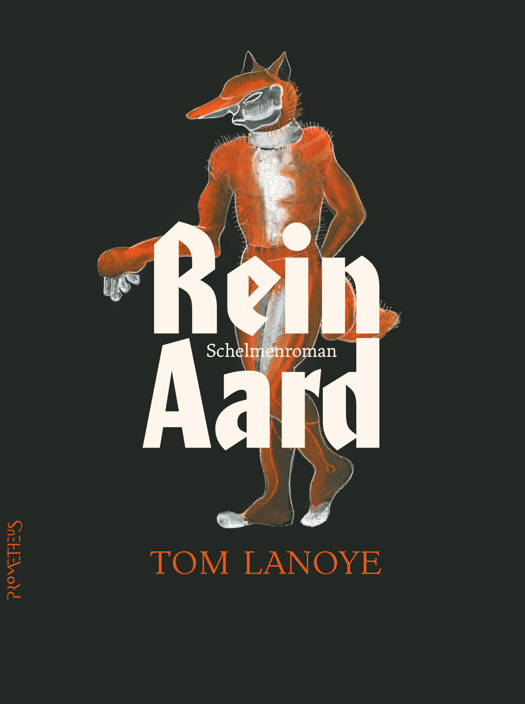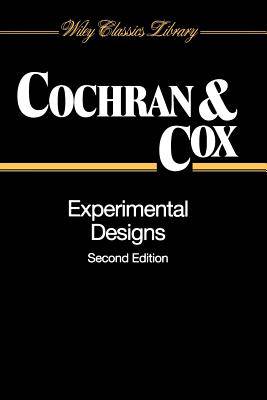
- Afhalen na 1 uur in een winkel met voorraad
- Gratis thuislevering in België vanaf € 30
- Ruim aanbod met 7 miljoen producten
- Afhalen na 1 uur in een winkel met voorraad
- Gratis thuislevering in België vanaf € 30
- Ruim aanbod met 7 miljoen producten
Zoeken
Omschrijving
The past six years have seen a substantial increase in the attention paid by research workers to the principles of experimental design. The Second Edition of brings this handbook up to date, while retaining the basic framework that made it so popular. Describes the most useful of the designs that have been developed with accompanying plans and an account of the experimental situations for which each design is most suitable. Examples come from diverse fields of research, with an emphasis on biology and agriculture, two of the authors' specialties. New chapters have been added: one discusses the fractional replication of experiments. A second is concerned with experiments of the factorial type that present new methods and designs in which the factors represent quantitative variables measured on a continuous scale. Other new material includes an introductory account of experimental strategies for finding the levels at which the factors must be set in order to obtain maximum response and coverage of new incomplete block designs.
Specificaties
Betrokkenen
- Auteur(s):
- Uitgeverij:
Inhoud
- Aantal bladzijden:
- 640
- Taal:
- Engels
- Reeks:
- Reeksnummer:
- nr. 35
Eigenschappen
- Productcode (EAN):
- 9780471545675
- Verschijningsdatum:
- 4/08/1992
- Uitvoering:
- Paperback
- Formaat:
- Trade paperback (VS)
- Afmetingen:
- 154 mm x 230 mm
- Gewicht:
- 948 g

Alleen bij Standaard Boekhandel
+ 783 punten op je klantenkaart van Standaard Boekhandel
Beoordelingen
We publiceren alleen reviews die voldoen aan de voorwaarden voor reviews. Bekijk onze voorwaarden voor reviews.











